Yokohama
At the end of three days of rushing thru this incredible city, we felt it’s time to leave Tokyo behind and stop in a place where heavy traffic, large masses of people and the explosion of colorful lights are not anymore the main part of the urban landscape that describe so well the capital city of Japan. After just two hours of jumping from train to train (we thought we already understood how the railway system in Japan works, but we realized we didn’t) and changing the line after noticing that we are in the wrong train, we finally arrived at the Hostel Village in Yokohama.
Just 10 minutes walk from the station, we could abandon our backpacks in a really tinny room with tatami beds and went to breathe some air outside, in this city that suddenly felt so much more quiet compared to Tokyo.
Yokohama offered us a range of new experiences, one of them being the chance to explore the largest China Town in Asia. With a history of 150 years, Yokohama Chinatown has a population of about 3.000 to 4.000, although nowadays only few Chinese still live here. Big red lanterns, colorful signs of bars and restaurants and street food carts with steamy dumplings are inviting you to taste from the great variety of Chinese delicatessen.
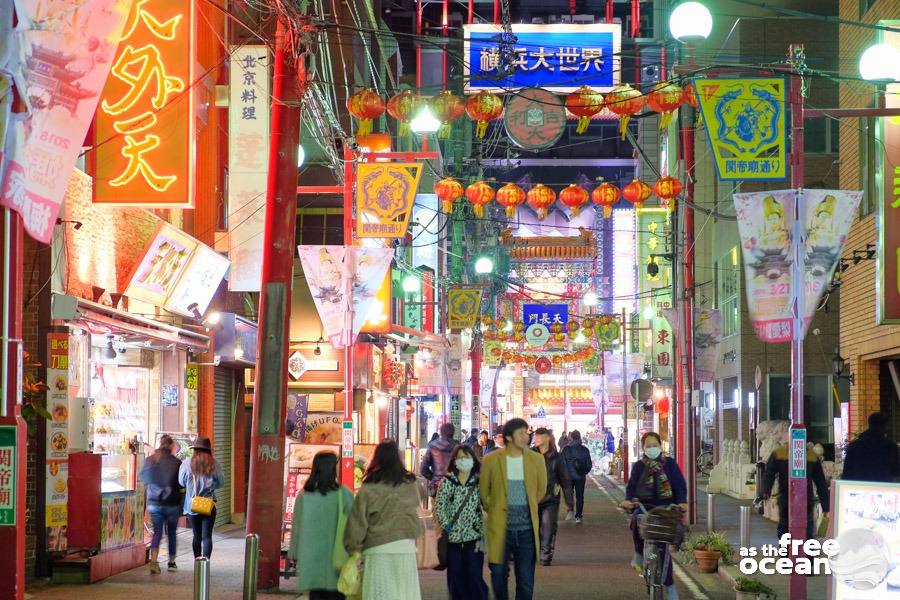
We decided to start our new experience in our own traditional way, “coffee first”. But this time coffee was more a reason to feel disappointed before we even had a real chance to understand what the place had to offer. We found a small and simple coffee place that felt more inviting than the ones displaying big brands, like Starbucks or Caffé Veloce (widely spread in Japan). So we stopped here for a break and ordered two cappuccinos, for which we were asked to pay on the spot the highest price we had ever paid before for a coffee (approx. 5 euro per person). And so we learned that local places are not necessarily offering cheaper products than famous brands and that prices should always be checked in advance.
We continued our walk through China Town and later searched for something to eat before returning to the hostel. We were planning to start early the following day, to have enough time for all the touristic spots that we wanted to visit.
What to see in Yokohama
The new day welcomed us with beautiful weather. It was week-end and tourists were wandering everywhere, creating a nice atmosphere without leaving the impression of a crowded place. We first went to Osanbashi Pier, a spectacularly designed passenger ship terminal, where we had our lunch break and were looking for arriving ships. We even noticed a list with the cruise ships that had stops in Yokohama, three of them being part of Costa Cruise’s fleet. Suddenly we felt like we could probably never really disconnect from the memories of the life at sea that we experienced in the past since every encounter with the sea or with the ocean was bringing old memories back to life.
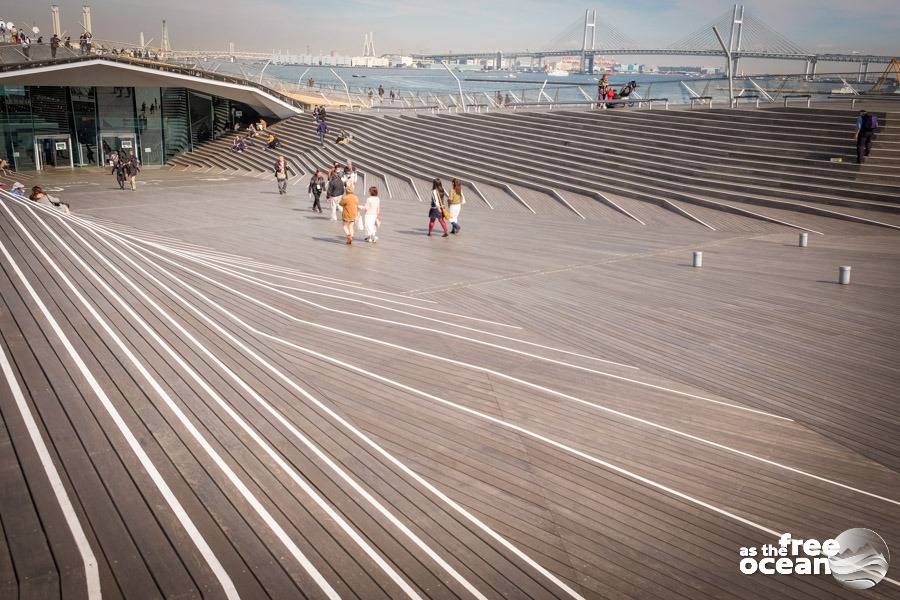
Later we had a walk through Yamashita Park and ended at Minato Mirai, Yokohama’s new city center and probably the most touristic area in the city. The main points of interest here are the Landmark Tower, which is the second tallest building and the 4th tallest structure in Japan and the 106 meters high Marine Tower that has also an observation deck for those looking for extraordinary panoramic viewpoints.
We decided to return to the hostel before it got too cold outside and on the way back we looked for a place to eat. A small local restaurant that looked clean and warm convinced us to step inside and check the menu. That evening we were introduced to the delicious Japanese dish called UDON, which we enjoyed so much that it convinced us to return even the second evening for another portion at the same restaurant. The second time it felt even better because the employees knew us already and welcomed us with warmer smiles. We think that the price of 4 Euro was more than fair for such a big and tasty portion of food, especially in Japan.
The following day we took a day trip to Kamakura, where we planned to see the bamboo forest and the giant statue of Buddha. The good weather has been on our side once again and made the day feel very pleasant.
The 5th of March has been our last day in Yokohama. The sun stopped being friends with us and brought us rainy clouds. So we canceled our plan to visit the Sankei-en garden and took the train to Shin-Yokohama, where we wanted to try traditional Ramen at the famous Ramen Museum. And if you are at least a bit of a noodle fan, we highly recommend visiting this place.
Ramen is a traditional Japanese noodle soup that plays an important role in the way the Japanese cuisine evolved in the past centuries. At the Ramen Museum you can find out everything about the history and the diversity of this dish. Furthermore, you can taste one of the many Ramen options at the restaurants inside the museum (the entry ticket comes with the compulsoriness to buy at least one dish per person at one of the restaurants). The atmosphere of ancient Japan is well described by the carefully designed interior, which for us made the Ramen experience a truly unique one.
We finished the afternoon with coffee at one of the places we started to enjoy in Japan, the Caffé Veloce, and later stopped in China Town for a snack, before returning to the hostel where we packed our backpacks for the next day.
We felt a bit tired and the thought at the two weeks stop that we planned after Yokohama felt like a very good idea. Our next destination was Hadano, in the Kanagawa Prefecture, where an old Japanese house would be the place of our first Workaway project.
For more pictures of Yokohama click here.

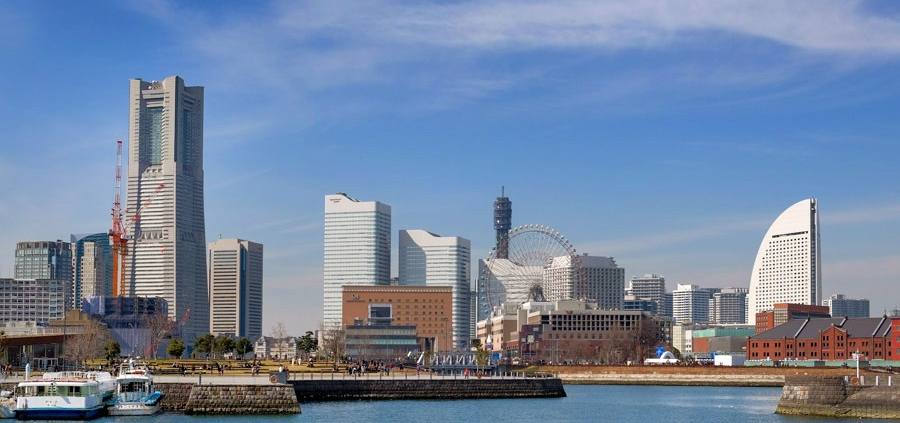
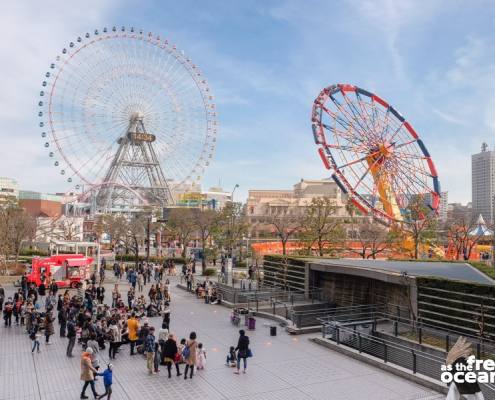
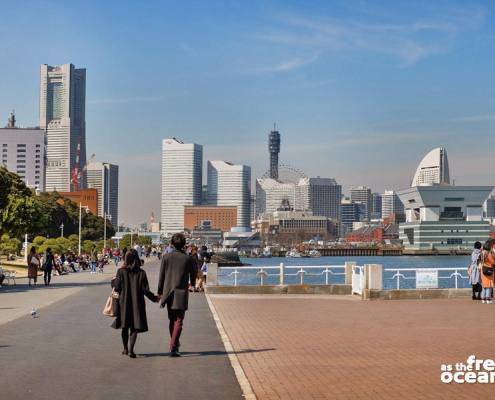
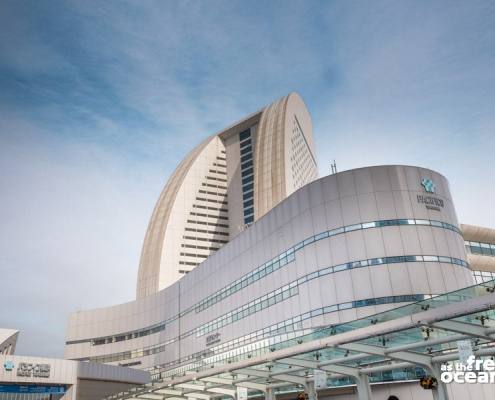
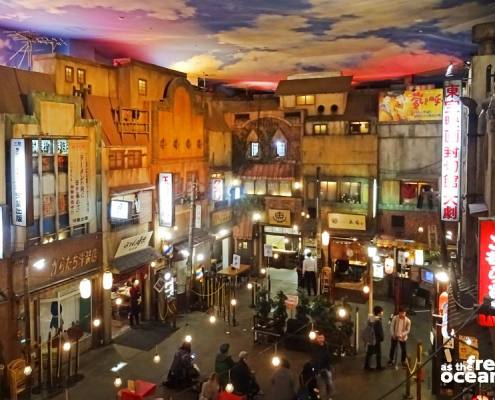
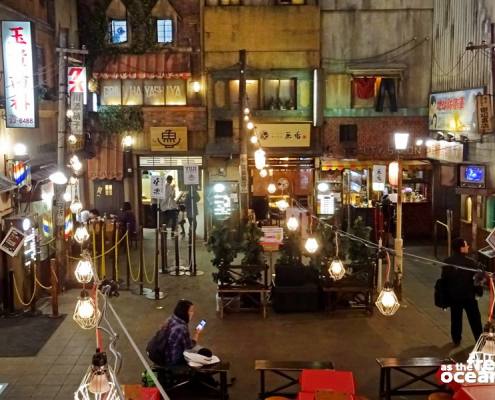
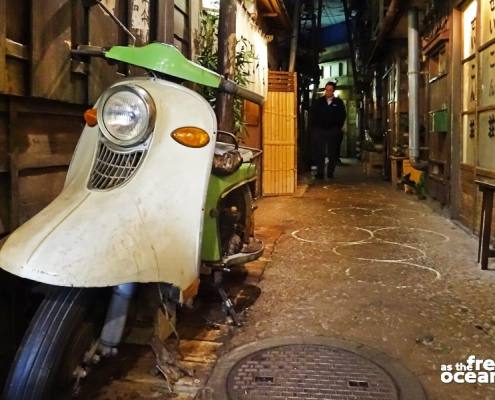
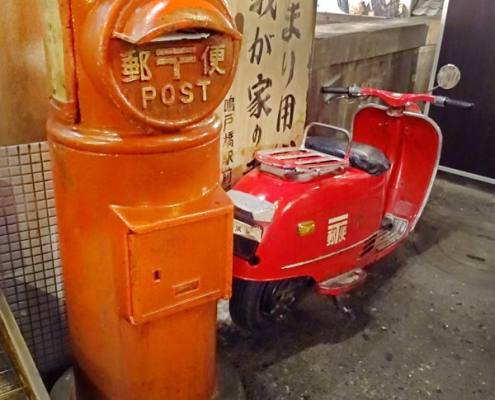
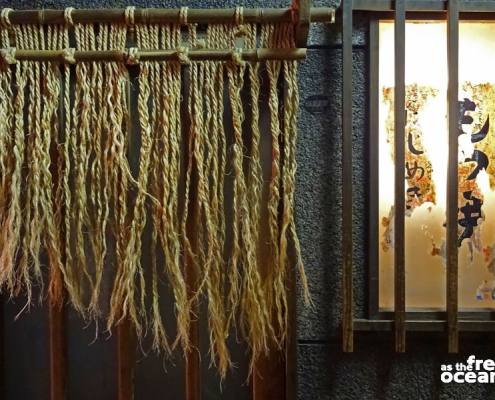
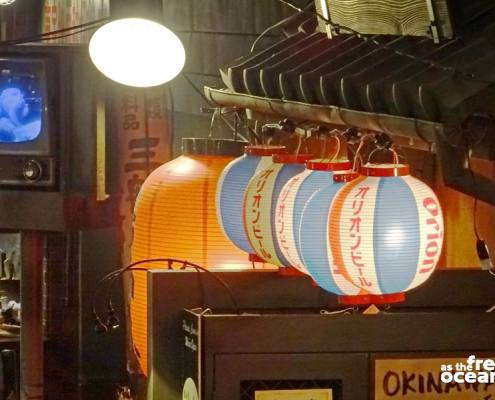
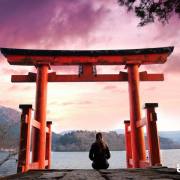
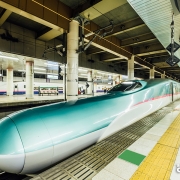
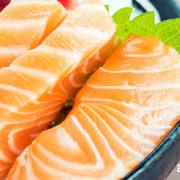
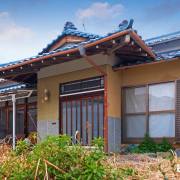
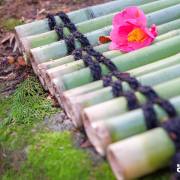
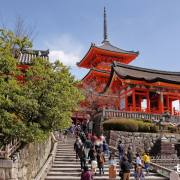


Leave a Reply
Want to join the discussion?Feel free to contribute!